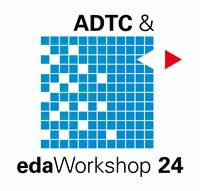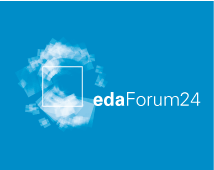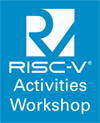SyEnA: Synthesis-driven Design of Analog Circuits

Within the framework of the SyEnA project new automatable methods for analog circuit design are being developed for the first time; these include the whole design chain from the specification to the production plan. These methods are leading to a significant increase in quality and productivity as well as providing new opportunities for developing innovative complex systems. This paves the way for new types of products especially in the areas where safety is critical – in medical technology and automobile electronic. For example emergency systems with new types of intelligent sensory functions can help to prevent accidents or to save human lives with preventive medical diagnostics. The most significant technical objectives of SyEnA are:
- Formalized specification for a synthesis-driven design of analog circuits and systems
- Top down methods for an implementation and validation of analog circuits and systems starting on a formalized specification
- Methods for automated generation of analog circuit topologies at transistor level
- Methods to build up optimized analog circuits starting from an abstract circuit topology using application-specific constraints
- Methods for a fast transfer of analog circuits from one semiconductor technology to an other
- Methods for efficient and comprehensive evaluation of different circuits with respect to a given specification
- Research on methods for a simplified configuration and automation of assessment sequences
- Application of improved design methodology on industrial examples
For these developments particular value is attached to the suitability of the methods and tools for industrial purposes. SyEnA will be the first of the industrial ICT 2020 joint projects to transfer the innovations from an EDA cluster research project (SAMS) to this application. Only with the methods of SyEnA it will be possible to design new innovative systems, which will form a “bridge” between the complex sensory functions that record the environment and the circuits which then process this information further. In this way the project makes an important contribution to assuring the project partners’ lead in innovations.
Classification in the edaMatrix:

Project coordination:ZMD AG Project management:edacentrum GmbH Project partners:
Research partners:
Funding initial:BMBF F&E 16M3086 Runtime:Wed, 01 October 2008 - Fri, 30 September 2011 Website: | Project InformationFinal Report |
Used Abbreviations
| Abbreviation | Meaning |
|---|---|
| PR | Project Report |
| SPR | Short Project Report |
| PN | Project News |
| FPR | Final Project Report |










